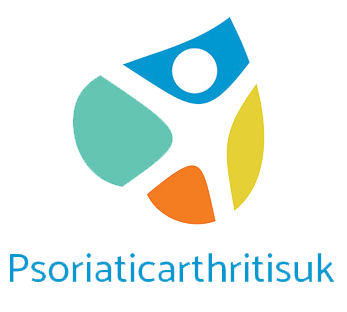Yoga for Arthritis
Sport is necessary in osteoarthritis to preserve a good mobility of the painful joints and to maintain the muscles and the tendons which surround these articulations. In addition, physical exercise would also promote cartilage synthesis. Thus, according to a recent Swedish study practicing a sport regularly and moderately would improve the quality of knee cartilage of people operated meniscus.
Recent studies have shown the benefit of practicing yoga in a mild form to reduce the symptoms associated with osteoarthritis.
A team from John Hopkins University in Baltimore followed 75 patients with osteoarthritis of the knee or rheumatoid arthritis who did not engage in regular physical activity. Divided into several groups, some of whom have practiced yoga each week, with 2 one-hour group sessions and a one-hour session at home.
The results clearly showed a benefit for patients who, after two months, found a better quality of life, through improved mood, higher energy levels and improved physical performance. Pain due to inflammation of the joints has also been significantly reduced.
Results even more positive than 9 months after the experience, patients still felt the benefits of yoga on their body.
Yet rheumatologists are often reluctant to advise the practice of yoga. Probably because not all types of yoga are suitable for joint problems. Better to take private yoga classes with a professor who specializes in joint health issues. In any case, do not go against the advice of your doctor or physio about the practice of yoga.
Doing Yoga Relieves Osteoarthritis
Recent studies have shown the benefit of practicing yoga in a mild form to reduce the symptoms associated with osteoarthritis.
A team from John Hopkins University in Baltimore followed 75 patients with osteoarthritis of the knee or rheumatoid arthritis who did not engage in regular physical activity. Divided into several groups, some of whom have practiced yoga each week, with 2 one-hour group sessions and a one-hour session at home.
The results clearly showed a benefit for patients who, after two months, found a better quality of life, through improved mood, higher energy levels and improved physical performance. Pain due to inflammation of the joints has also been significantly reduced.
Results even more positive than 9 months after the experience, patients still felt the benefits of yoga on their body.
The Effects of Yoga To Relieve Osteoarthritis?
Of course, given the pathology that is osteoarthritis, yoga sessions should be done smoothly with a qualified yoga teacher to propose appropriate postures. The lack of joint flexibility related to osteoarthritis can indeed cause injuries if the yoga class is practiced too heavily.
Breathing and relaxation exercises are also at the heart of therapeutic yoga. Mastering your breathing and your emotions is very important when you want to learn how to better manage pain.
Gentle postures will also help relax the joints to limit the negative effects of osteoarthritis on mobility and the ability to perform certain movements.
Thus, yoga works for people with osteoarthritis by:
- Limiting muscle atrophy and ligament retraction,
- Reinforcing the deep muscles that support the joint,
- Softening the muscles to facilitate movements,
- Improving synovial circulation, essential for strengthening cartilage,
- Improves blood circulation, to relieve inflammation that causes pain.
Uttkatasana, To Strengthen the Muscles
Fortifying the muscles and especially those of the quadriceps is essential to preserve the health of the knees and relieve them of a possible pain. Uttkatasana, or the posture of the Chair, will allow this work.
How to Do The Posture?
Stand with your feet together. Then imagine that you come to sit on a chair keeping the right bust. So, bend your legs without taking off the heels of the floor. Also, be sure to keep both knees pressed against each other and be careful that the tips of your knees do not extend beyond your toes. When you feel stable in this posture, you will stretch your arms toward the ceiling, your hands facing each other shoulder-width apart and your gaze directed towards your hands. Again, stop and consciously breathe for 8 deep breaths.
Supta Vajrasana (Variation), To Decompress the Articulation
Decompressing the joint is essential to regain the comfort and mobility of his knees. Supta Vajrasana, the Sleeping Hero, is a very demanding posture for kneecaps and should in no way be taken in its traditional form by a person unprepared or presenting joint problems. On the other hand, this therapeutic variation is ideal for the suffering knees.
How to Do the Posture?
Kneel with your knees tight on a floor mat and place a folded towel in the crook of your knee before sitting on your heels. Be sure to fold the towel neatly and evenly. Bring your hands back from you to the ground, and let your back tilt slightly backwards until you feel a stretch in the front of your thighs. Be careful not to let your knees come off the ground. As always, take the time to feel stopping and breathing for 5 beautiful breaths.
